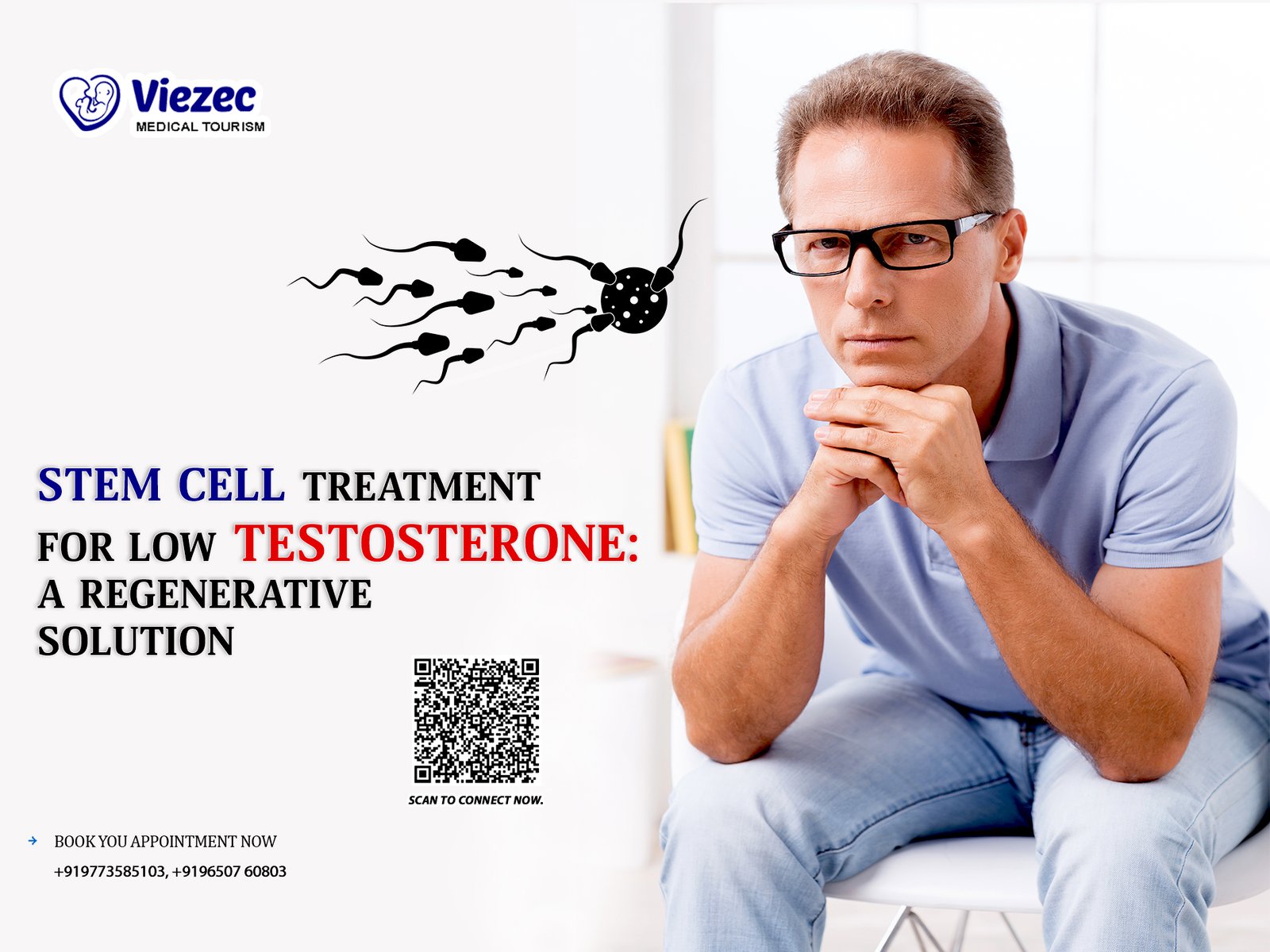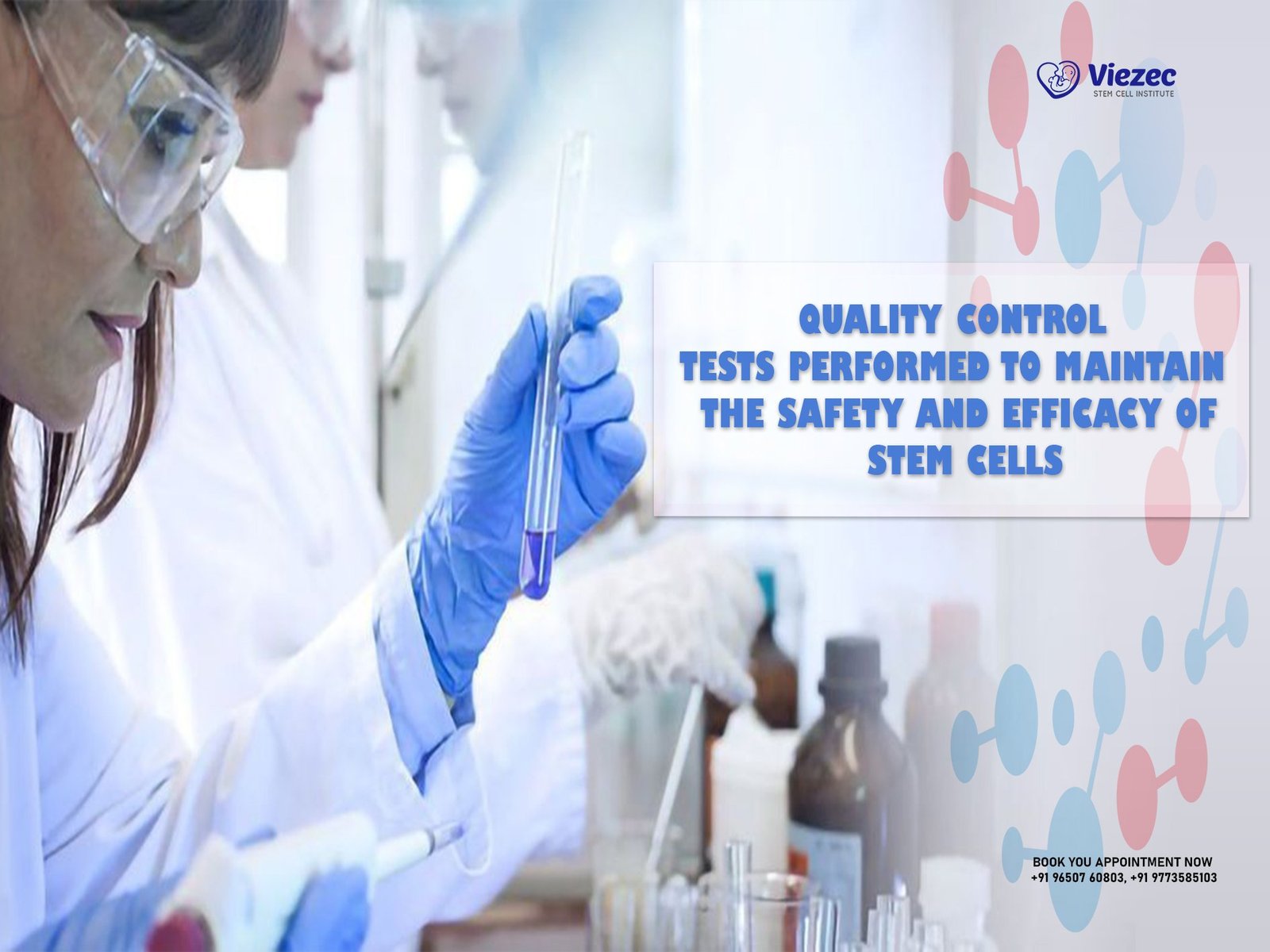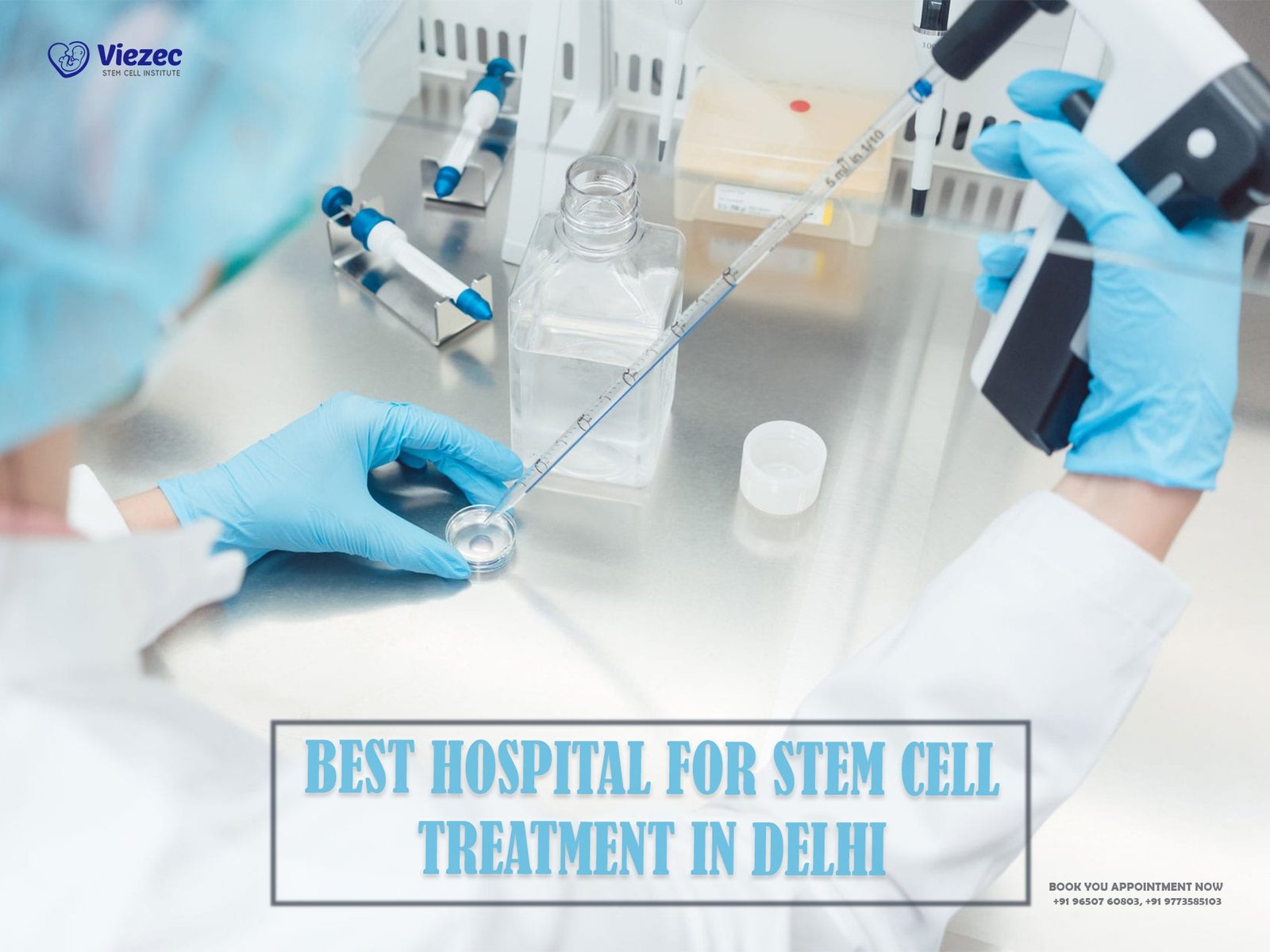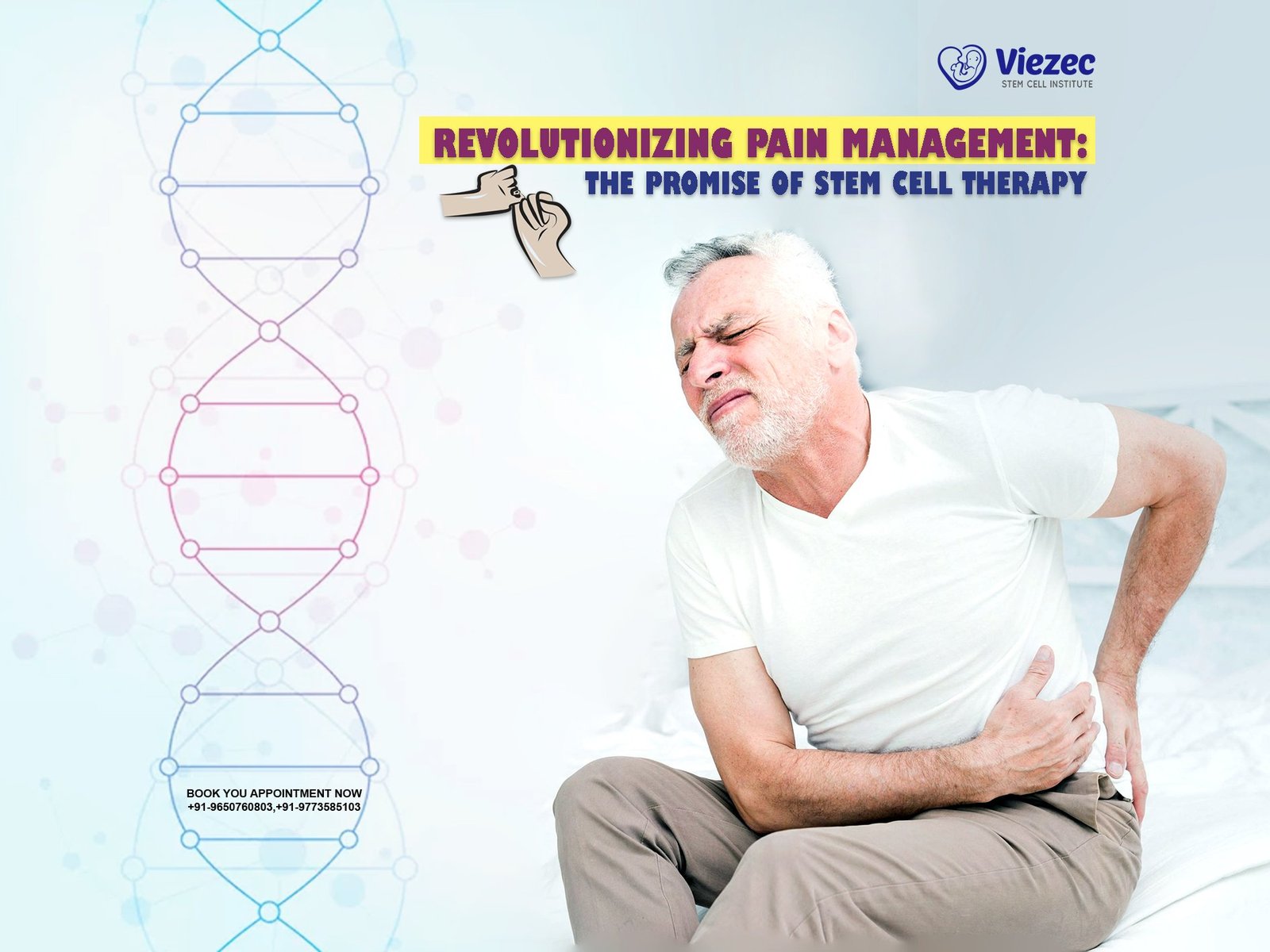Deep Vein Thrombosis (DVT) represents a significant medical concern globally, characterized by the formation of blood clots within the deep veins of the body, typically in the legs. These clots can impede blood flow and lead to severe complications such as pulmonary embolism if they dislodge and travel to the lungs. Understanding the pathophysiology of DVT is crucial for developing effective treatment strategies.
Understanding Deep Vein Thrombosis (DVT)
What Is DVT and Why It’s a Silent Threat
Deep Vein Thrombosis (DVT) happens when a blood clot forms in a deep vein—typically in the legs. What makes it especially dangerous is how quietly it can develop. Many people have no idea they have DVT until it leads to something more severe, like a pulmonary embolism—a potentially life-threatening blockage in the lungs caused by a dislodged clot. That’s why DVT is often called a “silent threat.”
Common Causes and Risk Factors
DVT isn’t random—it’s typically triggered by specific conditions or behaviors. Prolonged immobility, such as sitting through long flights or hospital stays, can slow blood flow and lead to clots. Surgeries, especially orthopedic procedures, and trauma to veins are also well-known causes.
Some people face higher risk due to underlying health issues. Cancer, heart disease, or inherited blood clotting disorders can significantly increase susceptibility. Other contributing factors include:
-
Age over 60
-
Obesity
-
Smoking
-
Pregnancy and postpartum recovery
-
Hormonal therapy or birth control pills
Even genetics can play a role—those with a family history of clotting disorders should be especially vigilant.
The Impact of DVT on Long-Term Health
Left untreated, DVT can do more than cause immediate danger—it can leave a lasting mark on your vascular health. One of the most concerning long-term complications is Post-Thrombotic Syndrome (PTS). This condition can cause chronic pain, swelling, skin discoloration, and even ulcers, making everyday life difficult.
Additionally, recurring DVTs can permanently damage vein walls, impair blood flow, and create ongoing discomfort. The physical and emotional toll, coupled with frequent doctor visits and lifelong medications, can deeply affect a patient’s quality of life.
Conventional DVT Treatments: Strengths and Shortcomings
Anticoagulants and Blood Thinners
The first line of defense against Deep Vein Thrombosis is usually anticoagulant medication, also known as blood thinners. Drugs like heparin, warfarin, and newer options like rivaroxaban or apixaban are commonly prescribed. These medications don’t dissolve the clot that’s already formed, but they prevent it from growing and reduce the risk of new clots forming.
While effective, they require careful monitoring. For instance, warfarin users must undergo regular blood tests to ensure the medication is working safely within their system. And all anticoagulants carry a risk of excessive bleeding, making them a delicate long-term solution.
Compression Therapy and Lifestyle Modifications
To complement medication, doctors often recommend compression stockings, which help maintain blood flow in the legs and reduce swelling. These stockings apply gentle pressure, supporting veins and encouraging blood to move upward instead of pooling.
Lifestyle modifications are also vital. Doctors encourage DVT patients to:
-
Stay active—even walking daily can help circulation.
-
Stay hydrated, especially during long trips or bed rest.
-
Maintain a healthy weight to reduce vein pressure.
-
Avoid smoking, which can damage blood vessels and increase clot risk.
These adjustments, though simple, can play a powerful role in preventing recurrence.
Ready to Explore Stem Cell Therapy for Deep Vein Thrombosis?
Book your consultation today and take the first step toward recovery.
Limitations of Current Treatment Approaches
Despite their widespread use, traditional DVT treatments mainly manage the condition—they don’t repair the damaged vein walls or address inflammation that often contributes to clot formation in the first place.
Blood thinners, though life-saving, come with the constant risk of internal bleeding, especially for older adults or those on multiple medications. And while compression therapy and lifestyle changes are helpful, they can’t reverse the underlying vascular damage.
In short, while conventional therapies are crucial in the short term, they don’t offer a long-term regenerative solution—and that’s where innovation, like stem cell therapy, begins to shine.
What Makes Stem Cells Unique?
Stem cells are unlike any other cells in the body. They’re often called the “building blocks of life” because they have two incredible abilities: they can self-renew (make copies of themselves), and they can differentiate (transform into specialized cell types like muscle, nerve, or blood vessel cells).
This makes them uniquely suited for regenerative medicine—a field focused on repairing or replacing damaged tissues, rather than just managing symptoms. Instead of merely slowing down disease progression, stem cells aim to restore function and heal the body at its core.
How Stem Cells Interact with Vascular Tissue
Stem cells don’t just float around aimlessly once they’re introduced into the body—they actively respond to signals from damaged areas, including inflamed or injured blood vessels.
Anti-inflammatory Properties
One of their most powerful roles in treating DVT lies in their ability to reduce inflammation. Inflammation is a key driver of clot formation and vein damage. Stem cells release special molecules—called cytokines and growth factors—that calm the immune response, easing swelling and helping restore normal blood flow.
Repair and Regeneration of Damaged Veins
Beyond reducing inflammation, stem cells contribute directly to tissue regeneration. They can help rebuild the endothelial lining of veins—the delicate inner layer damaged during clot formation. They also stimulate angiogenesis, or the creation of new blood vessels, helping reroute circulation around damaged areas.
Together, these effects promote long-term healing of the vascular system—something traditional therapies can’t achieve on their own.
Stem Cell Therapy for DVT: A Game Changer
Mechanism of Action: How It Targets the Root Cause
What sets stem cell therapy apart from traditional DVT treatments is that it doesn’t just manage the symptoms—it goes after the source. While medications reduce the risk of new clots, stem cells work at the cellular level to rebuild the veins and restore normal function.
When introduced into the body, stem cells are naturally drawn to sites of damage or inflammation. Once there, they release a mix of healing signals—proteins, growth factors, and anti-inflammatory agents—that repair injured tissues, reduce swelling, and improve blood flow. Over time, they help the vein regain its strength and elasticity, reducing the risk of future clots.
In essence, stem cell therapy offers a regenerative reset for the vascular system—something no pill can do.
Types of Stem Cells Used in Treatment
Stem cell therapy isn’t one-size-fits-all. There are different types of stem cells being studied and used in regenerative treatments for DVT, each with unique strengths.
Mesenchymal Stem Cells (MSCs)
MSCs are the most commonly researched and utilized in vascular therapies. They can be sourced from bone marrow, adipose (fat) tissue, or umbilical cord tissue. What makes MSCs so valuable is their strong anti-inflammatory action and their natural ability to stimulate blood vessel repair.
They’re also relatively safe and easy to collect, making them a front-runner in many early clinical trials for DVT.
Induced Pluripotent Stem Cells (iPSCs)
iPSCs are created by reprogramming adult cells—like skin or blood cells—back into a pluripotent state, meaning they can become almost any type of cell in the body. This technology is groundbreaking because it allows for personalized therapies using a patient’s own cells, minimizing the risk of immune rejection.
Although still in early research for DVT applications, iPSCs hold enormous promise for the future of tailored vascular regeneration.
Advantages Over Traditional Therapies
Minimizing Recurrence and Post-Thrombotic Syndrome
One of the biggest frustrations with conventional DVT treatment is that it doesn’t guarantee long-term protection. Many patients go on to develop Post-Thrombotic Syndrome (PTS)—a chronic condition marked by leg pain, swelling, and fatigue—even after initial clot resolution.
Stem cell therapy has the potential to disrupt that pattern. By healing the underlying damage to vein walls and reducing inflammation, stem cells may not only treat the current clot but prevent future ones. Early studies suggest that patients treated with stem cells show lower recurrence rates and healthier vascular function over time.
This makes stem cell therapy more than a treatment—it’s a proactive step toward lasting vascular health.
Reduced Dependency on Lifelong Medication
For many DVT patients, life becomes a balancing act between clot prevention and the risk of bleeding from blood thinners. These medications, though effective, often require frequent monitoring, dietary restrictions, and come with anxiety over side effects.
Stem cell therapy offers a compelling alternative. By addressing the biological root of clot formation—vein damage, inflammation, and poor circulation—it may reduce or eliminate the need for long-term anticoagulation in certain cases. This could give patients a future free from daily pills and constant lab work.
Improving Quality of Life for Patients
Ultimately, the goal of any medical treatment is to help people live better lives—not just longer ones. That’s where stem cell therapy really shines.
Patients who experience pain relief, restored mobility, and fewer complications often report feeling empowered and hopeful again. Regaining the ability to walk comfortably, travel without fear, or simply enjoy everyday activities without pain marks a huge shift in quality of life.
By moving beyond symptom control and into deep healing, stem cell therapy represents a more human-centered approach to DVT care—one that treats not just the disease, but the person living with it.
Have Questions About Treatment?
Our team is here to guide you through the stem cell therapy process.
Accessibility and Adoption
Current Availability Around the World
Stem cell therapy for vascular conditions like DVT is still in its early stages, and availability varies dramatically by country. In nations with progressive medical innovation policies—such as the United States, Germany, Japan, and South Korea—research institutions and select clinics are offering stem cell treatments under clinical trial frameworks or compassionate use programs.
In contrast, other regions may lack the infrastructure, regulation, or funding needed to support advanced regenerative therapies. Additionally, access is often limited to urban centers or specialized hospitals, leaving patients in rural areas with fewer options.
While global interest is growing, stem cell therapy for DVT isn’t yet considered a mainstream standard of care, meaning it’s not widely available through most national healthcare systems.
Cost Implications and Insurance Coverage
One of the biggest barriers to access is cost. Stem cell therapy is often not covered by insurance, especially when it’s offered as part of an experimental or off-label program. Depending on the source of stem cells, the method of delivery, and the clinic’s location, treatment can range anywhere from $5,000 to over $50,000 USD.
This puts it out of reach for many patients, creating a significant equity gap between those who can afford regenerative treatments and those who cannot.
That said, as more clinical trials demonstrate safety and effectiveness, insurance companies and national health systems may begin to recognize stem cell therapy as a cost-effective, long-term solution—especially when compared to the lifelong cost of medication and repeat interventions.
Looking Ahead: The Future of DVT Care
Innovations in Stem Cell Delivery Methods
One of the most exciting developments in stem cell therapy is the evolution of how the cells are delivered. Traditional intravenous infusions are being joined—and in some cases replaced—by targeted delivery systems that aim to guide stem cells directly to damaged vein tissue.
Researchers are experimenting with:
-
Hydrogel scaffolds that “house” stem cells at the treatment site
-
Microspheres and nanoparticles that can transport cells more precisely
-
Catheter-based delivery, allowing for minimally invasive, localized injections
These innovations are all about maximizing effectiveness while minimizing side effects, ensuring that every stem cell has the best chance of contributing to healing where it’s needed most.
Combining AI and Stem Cells for Personalized Treatment
Artificial Intelligence (AI) is increasingly playing a role in making stem cell therapy more precise and personalized. By analyzing a patient’s medical history, genetic markers, and imaging data, AI tools can help doctors:
-
Determine which type of stem cells are most suitable
-
Predict how a patient will respond to treatment
-
Optimize the timing and dosage of cell therapy
-
Monitor progress in real time using smart algorithms and digital biomarkers
This is ushering in a new era of precision regenerative medicine, where treatments aren’t just advanced—they’re tailored to the individual needs of each patient.
Could Stem Cell Therapy Become the Gold Standard?
Right now, stem cell therapy for DVT is still considered experimental, but the question isn’t if it will become a mainstream option—it’s when.
As more clinical trials show success, regulatory bodies will become more confident, physicians will gain training, and public demand will rise. Over time, stem cell therapy could replace or supplement traditional treatments like anticoagulants, especially for patients who suffer from recurring DVT or severe post-thrombotic complications.
What makes this shift so powerful is the vision behind it: a healthcare model that regenerates rather than just manages, one that aims for cure instead of control. That’s the promise of regenerative medicine—and it’s closer than many think.
A New Era in Vascular Healing
Stem Cells as a Catalyst for Change in DVT Treatment
We’re standing at the edge of a transformation in how we approach Deep Vein Thrombosis. For decades, treatment has focused on managing risk and preventing complications—important goals, but ones that rarely get to the heart of the problem.
Stem cell therapy introduces a radically different vision: one where healing and restoration take center stage. Instead of simply suppressing symptoms, regenerative medicine offers the possibility of repairing the very veins that clot, restoring function and hope in ways that were once unimaginable.
It’s not just a new treatment—it’s a new mindset.
Questions to Ask Your Physician Before Pursuing Therapy
If you’re considering stem cell therapy for DVT, it’s essential to be proactive and informed. Here are a few key questions to guide your conversation with a healthcare provider:
-
Am I a candidate for stem cell therapy based on my condition and history?
-
What types of stem cells are used, and where are they sourced from?
-
Is this therapy part of a regulated clinical trial or an approved treatment?
-
What are the potential risks, and how are they managed?
-
What kind of outcomes can I reasonably expect?
The right provider will welcome these questions—and should be transparent about what’s proven, what’s emerging, and what’s still being studied.
Taking the First Step Toward Regenerative Health
The future of DVT treatment is evolving—and patients don’t have to wait on the sidelines. Whether it’s joining a clinical trial, staying informed on medical advances, or advocating for expanded access to cutting-edge care, you can be a part of this shift.
Regenerative medicine isn’t science fiction. It’s real, it’s happening now, and it’s opening doors to longer, healthier, and more fulfilling lives.
In the journey toward healing veins and restoring vitality, stem cells may be the next big leap forward—not just for DVT, but for vascular medicine as a whole.
Stem Cell Therapy for Deep Vein Thrombosis in India
India is rapidly emerging as a global hub for advanced medical treatments, and stem cell therapy is no exception. Among the leading names in the country, Viezec Stem Cell Institute stands out as a trusted provider for those seeking regenerative solutions—including for conditions like Deep Vein Thrombosis.
Viezec offers a comprehensive, patient-centric approach that combines cutting-edge stem cell protocols with world-class healthcare infrastructure. Here’s what makes them a go-to choice for both local and international patients:
-
Personalized treatment plans tailored to each patient’s medical profile and severity of DVT
-
Use of well-researched stem cell types, primarily Mesenchymal Stem Cells (MSCs) derived from ethically sourced umbilical cord tissue
-
A team of highly experienced specialists in regenerative medicine and vascular health
-
Transparent guidance and support from initial consultation to post-treatment follow-up
-
Competitive pricing that makes stem cell therapy accessible without compromising quality
In a country known for medical excellence, Viezec is helping pioneer next-generation therapies that don’t just manage disease—but aim to heal it.
If you’re exploring your options for DVT care, stem cell therapy in India through Viezec could be your turning point. With its blend of innovation, ethics, and patient care, it’s a compelling choice for those ready to take a bold step toward recovery.









